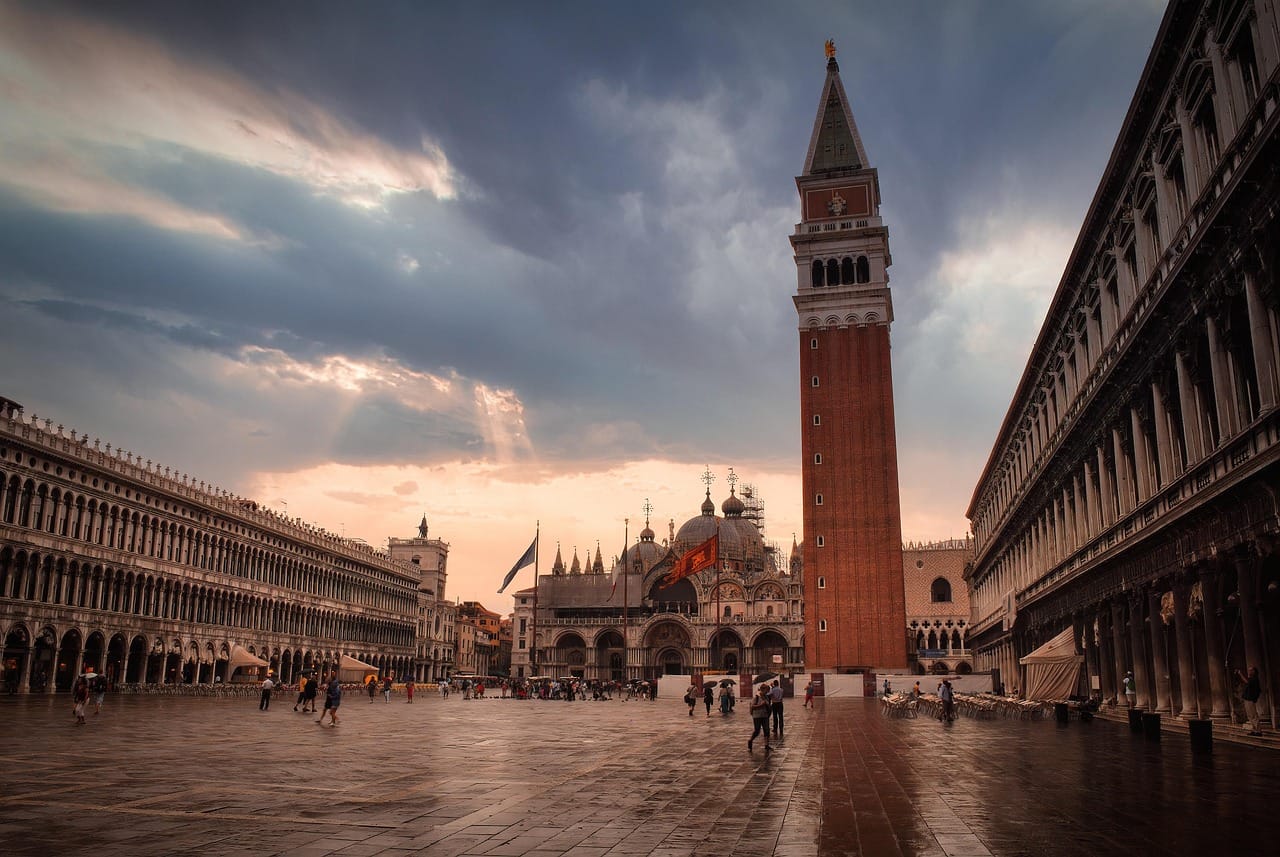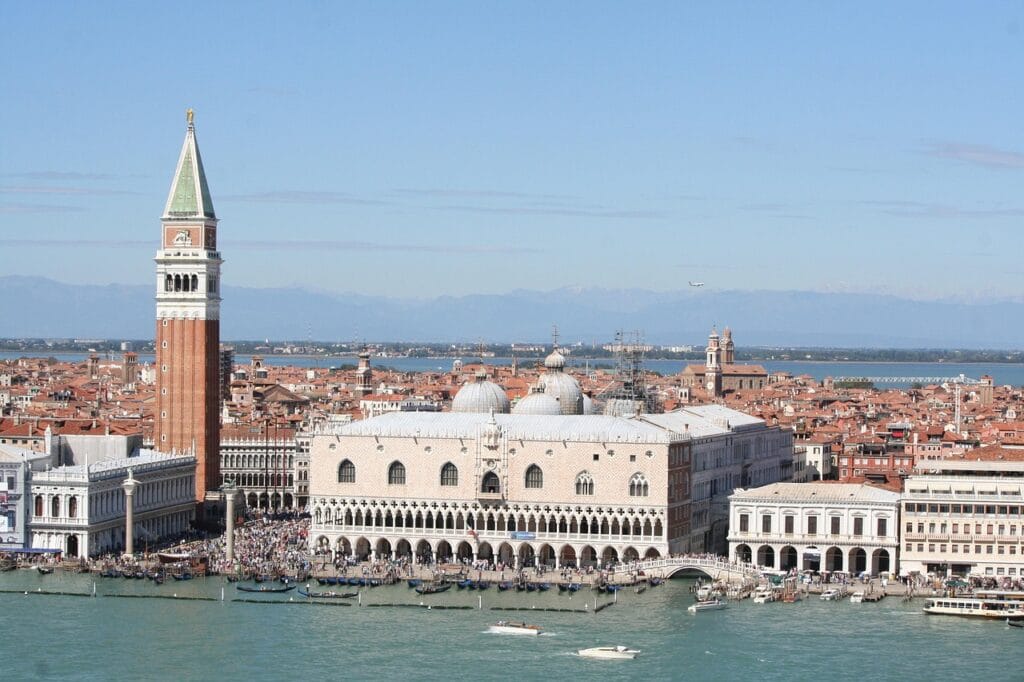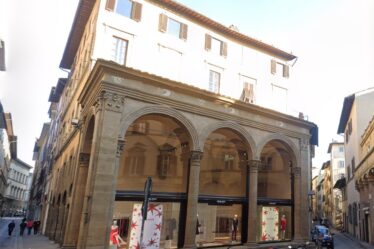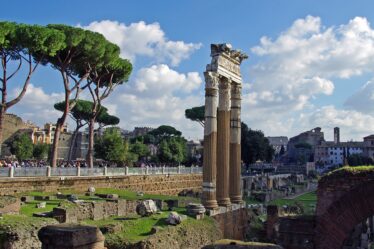

The Venice Clock Tower History is far more than a timepiece. It tells the story of power, progress, and the changing fate of the Venetian Republic. Located in the heart of Piazza San Marco, this majestic structure stands as a timeless reminder of Venice’s past.
Before Clocks Ruled Time
To understand the Venice Clock Tower History, we must go back to a world without mechanical clocks. In ancient times, time was measured with sundials and hourglasses. That changed in 807 A.D. when something extraordinary happened.
That year, Caliph Harun al-Rashid of Baghdad sent a gift to Emperor Charlemagne in Aachen, Germany. It was the first mechanical clock ever seen in Europe. At noon, twelve miniature knights would emerge from it and move on their own. This astonishing invention left a lasting impression on European courts.
Europe Builds Its Own Timepieces
Centuries later, during the 14th and 15th centuries, Europe began crafting clocks. However, these were not simple tools. They were impressive symbols of wealth, placed on city towers to display power and technological mastery.
This cultural shift led directly to the creation of the Venice Clock Tower History. Venice wanted to show the world that it was a center of innovation and prestige.
Strategic Location and Powerful Symbolism
Importantly, the tower’s location is not accidental. It marks the beginning of the Mercerie, Venice’s main shopping street. This street connects Piazza San Marco, the seat of political power, to Rialto, the economic heart of the city.
Moreover, its position made it highly visible from the San Marco Basin. Visitors arriving by sea would immediately see the clock. That was exactly the point. It was designed to impress. At the time, Venice was the leading naval power in the Mediterranean. The Republic controlled lands from Cremona in northern Italy all the way to Cyprus.
A Technological Marvel
The Venice Clock Tower History began with an ambitious plan. The city hired the finest clockmakers in Italy: the Ranieri brothers. They were asked to design something truly spectacular.
They created a 4.5-meter-wide dial. On it, concentric circles showed the positions of the five known planets, the moon phases, and the sun’s position—all according to the Ptolemaic system. The hours were marked with Roman numerals, following the traditional 24-hour Italian day.
Astrolabes decorated the four corners of the dial. Above it, a small balcony still features an automated parade of the Three Wise Men, led by an angel with a trumpet. This automation is unique in all of Italy. Even more fascinating, the public can still visit the inside of the tower.
For more on its design, visit the Museo Correr official site.
A Year of Triumph and Loss
However, fate had other plans. Ironically, the tower was inaugurated in 1499, a year that brought both celebration and disaster.
While the clock’s bronze “Moors” rang the bell for the first time, tragic news reached the city. The Turks had attacked without warning. They captured Venice’s key outposts in Greece—Modon and Coron. This marked the decline of Venice’s dominance in the East.
Meanwhile, across the seas, something else changed the world. In the same year, Vasco da Gama returned to Lisbon. He had reached India by rounding the Cape of Good Hope. This gave Portugal direct access to spices, bypassing Venice entirely.
This shift was historic. Power began to move from the Mediterranean to the oceans. Venice would never be the same again.
To learn more about Vasco da Gama’s impact, check out this BBC article.
Time That Never Stops
Yet the Venice Clock Tower History still lives on. Every hour, the older bronze figure strikes the bell two minutes before the hour. The younger figure follows two minutes after. This unique system reflects the passage of time and the balance between past and future.
If you’re in Venice, you can even visit the interior of the tower—a rare chance in Italy. Reserve a tour through Venice Connected.
Want a virtual preview? Check out the 3D version on Google Arts & Culture.
A Symbol That Endures
In conclusion, the Venice Clock Tower History is a symbol of ambition, innovation, and change. It doesn’t just mark the hours—it captures the rise and fall of a global empire. With every chime, it reminds us that time waits for no one.
Stay tuned for another historic tale next Sunday.


